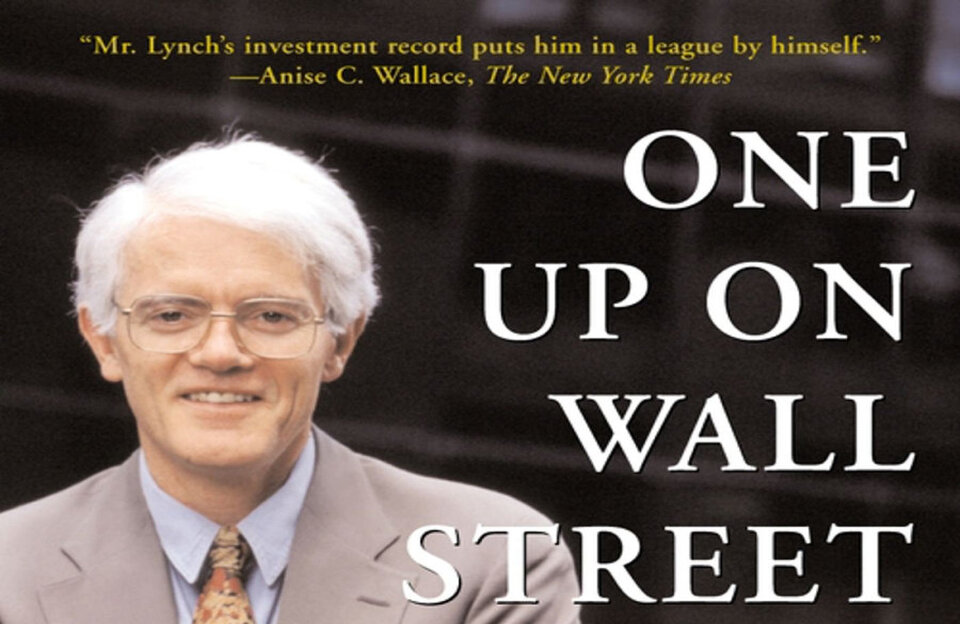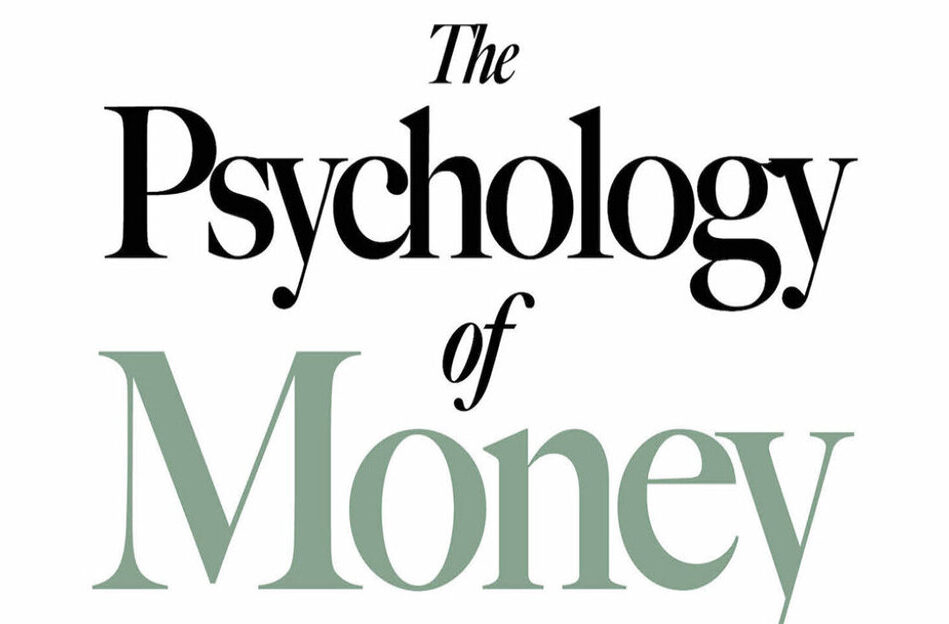Originally published by Robert Kiyosaki in 1997, “Rich Dad Poor Dad” remains one of the most influential personal finance books of all time. Here’s everything you need to know about its key lessons and how to apply them to your financial journey.
Book Overview
Robert Kiyosaki tells the story of growing up with two father figures: his biological father (Poor Dad) – a highly educated government employee who struggled financially – and his best friend’s father (Rich Dad) – a successful entrepreneur who built wealth through smart financial decisions. Through their contrasting approaches to money, Kiyosaki reveals fundamental differences between how the wealthy and middle class think about finances.
Key Lessons from Rich Dad Poor Dad
a. Assets vs. Liabilities: The Foundation of Wealth
The Lesson: Rich Dad’s most important teaching was understanding the difference between assets and liabilities. An asset puts money in your pocket, while a liability takes money out of your pocket.
The Reality Check: Most people think their home is their biggest asset, but Kiyosaki argues it’s actually a liability because it requires monthly payments (mortgage, taxes, maintenance) without generating income.
b. The Rich Don’t Work for Money
The Lesson: Poor and middle-class people work for money, while rich people make money work for them. The wealthy focus on acquiring income-generating assets rather than just earning a higher salary.
The Mindset Shift: Instead of asking “How can I get a raise?” ask “How can I create additional income streams?”
c. Mind Your Own Business
The Lesson: Your profession pays the bills, but your business makes you wealthy. Rich Dad emphasized building assets outside of your day job.
The Focus: Build a portfolio of assets such as:
- Real estate investments
- Stocks and bonds
- Intellectual property
- Businesses that generate passive income
d. Financial Education is Crucial
The Lesson: Schools teach you to work for money but not how to make money work for you. Financial literacy is the foundation of wealth building.
The Gap: Most Americans leave school without understanding taxes, investing, or how money really works.
e. The Rich Invent Money
The Lesson: Wealthy people create opportunities and find deals that others miss. They use their financial intelligence to generate wealth from situations others see as problems.
f. Work to Learn, Not Just to Earn
The Lesson: Choose jobs and experiences that teach you valuable skills, even if they don’t pay the most initially. Skills like sales, marketing, and leadership are more valuable than job security.
10 Actionable Steps You Can Implement Today
Start Building Financial Literacy
Action: Dedicate 30 minutes daily to learning about personal finance, investing, or business. Read financial news, take online courses, or listen to finance podcasts during your commute.
Track Your Assets and Liabilities
Action: Create a simple spreadsheet listing everything you own and owe. Categorize each item as an asset (generates income) or liability (costs you money). Review monthly and focus on growing assets while reducing liabilities.
Start an Emergency Fund
Action: Begin saving $25-50 per week in a high-yield savings account until you have 3-6 months of expenses saved. This foundation gives you the security to take calculated risks.
Educate Yourself About Investing
Action: Open a brokerage account and start with low-cost index funds. Begin with just $100/month if that’s all you can afford. The key is starting and learning as you go.
Look for Side Income Opportunities
Action: Identify skills you have that others would pay for. This could be freelance writing, tutoring, dog walking, or selling items online. Start small and reinvest the profits.
Reduce “Doodads” (Unnecessary Expenses)
Action: Review your last three months of expenses and identify recurring subscriptions or purchases that don’t add real value. Cancel or reduce these to free up money for investments.
Network with Financially Minded People
Action: Join local real estate investment groups, attend financial workshops, or connect with others interested in building wealth. Your network significantly impacts your financial growth.
Consider Real Estate Investment
Action: Research your local rental market. Even if you can’t buy property immediately, understanding real estate fundamentals prepares you for future opportunities.
Develop Multiple Income Streams
Action: Beyond your day job, create 2-3 additional income sources. This might include dividend-paying stocks, a small business, or rental income. Diversification provides security and growth.
Practice Delayed Gratification
Action: Before making non-essential purchases over $100, implement a 48-hour waiting period. Ask yourself: “Will this purchase help me build wealth or just provide temporary satisfaction?”
Common Misconceptions About the Book
“You Need to Quit Your Job”: Kiyosaki doesn’t advocate quitting your job immediately. He suggests building assets while employed until passive income exceeds your expenses.
“Your Home Isn’t an Asset”: While controversial, Kiyosaki’s point is that your primary residence doesn’t generate monthly income. He’s not saying homeownership is bad, but rather that it shouldn’t be your only “investment.”
“You Must Become an Entrepreneur”: The book emphasizes financial education and asset building, which can be achieved through various paths including strategic employment and investing.
Why This Book Matters for Americans Today
With rising costs of living, stagnant wages in many sectors, and uncertain job security, Kiyosaki’s lessons about building multiple income streams and focusing on assets over liabilities are more relevant than ever. The book challenges the traditional American approach of “go to school, get a good job, work hard, and retire” by showing alternative paths to financial freedom.
The Bottom Line
“Rich Dad Poor Dad” isn’t a step-by-step investment guide, but rather a mindset shift about money and wealth building. The core message is simple: focus on acquiring assets that generate income rather than just working harder for a paycheck.
Start implementing these lessons gradually. You don’t need to transform your entire financial life overnight, but taking consistent action toward building assets and improving financial literacy can significantly impact your long-term wealth.
Remember: The goal isn’t to get rich quick, but to build sustainable wealth over time through smart financial decisions and continuous learning.


